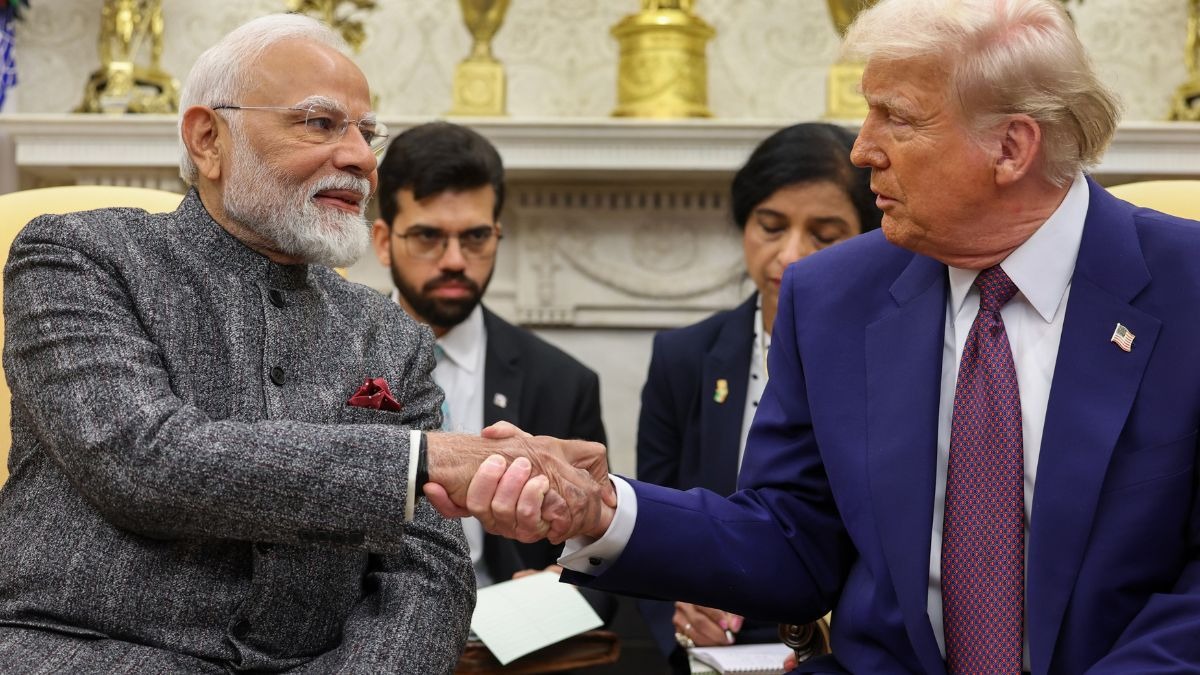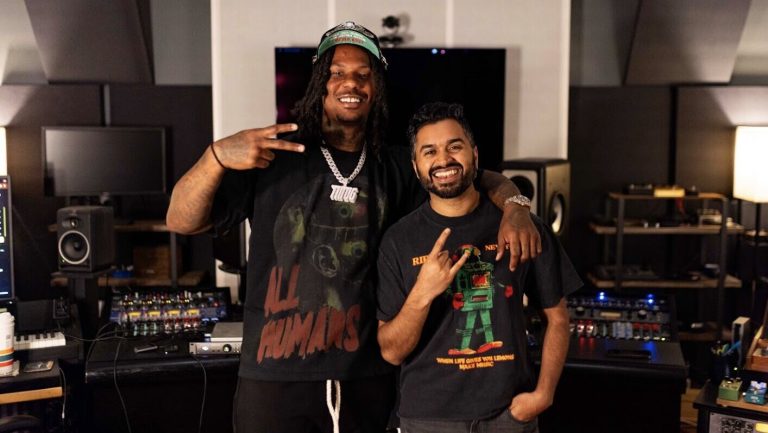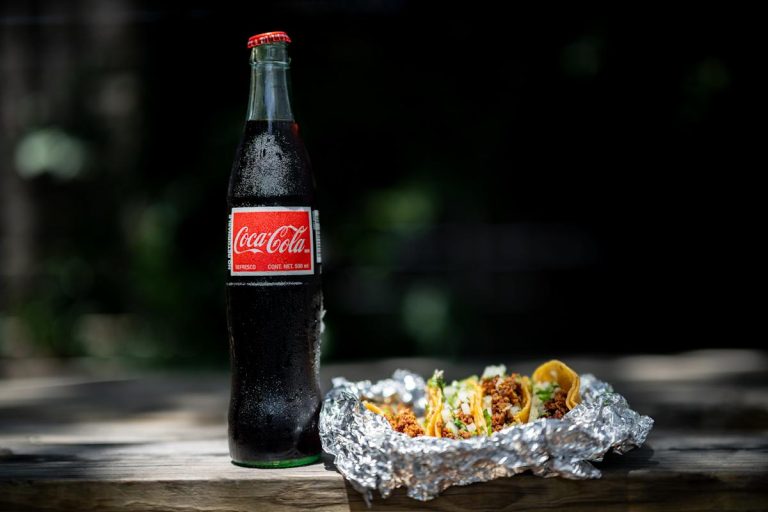With the August 1 deadline for reciprocal tariffs fast approaching and an interim trade pact seeming unlikely, India remains hopeful that the US will take a softer stance with regard to its exports.
“Everyone is on a wait and watch mode and it is still early days to understand what will happen with regard to the reciprocal tariffs. But given the significant progress in bilateral trade talks and the good relations between the two countries, we remain hopeful that the US will take a more lenient view on imposing reciprocal tariffs on Indian exports,” sources privy to the development said.
“We are hopeful that the US will give some reprieve to India on the tariffs given that the trade deal is already under negotiation,” they further added.
US President Donald Trump has said that reciprocal tariffs will be imposed on imports from several countries. On India, the US had proposed a 26% tariff, which includes the 10% baseline tariff across countries that is already in effect.
Following the visit of Prime Minister Narendra Modi to meet Trump in February, India and the US had decided to double bilateral trade to $ 500 billion by 2030 and also an negotiate the first tranche of a bilateral trade agreement by the fall of 2025. It was expected that an interim trade agreement that would be limited to goods and services would be finalised before the reciprocal tariffs kick in.
However, despite five rounds of negotiations between India and the US, an interim trade deal remains elusive before August 1. A team from the US is expected to visit India in August to take forward the talks. Officials remain confident that the first tranche of the BTA will be finalised by September or October this year, as part of the deadline.
The key sticking points remain India’s stance on agriculture, dairy and GM crops, where New Delhi has indicated that it cannot give access to the US. Reduction in automobile tariffs has also been a demand of the US which has not been favoured by India. Meanwhile, India wants the US to do away or lower the tariffs on steel and aluminium of 50% and on automobiles of 25%. India is also hoping for preferential treatment for its labour-intensive exports with lower tariffs.
Indian farmer organisations have written to the government asking them not to soften their stance with regard to agriculture and dairy.
Meanwhile ahead of the August 1 deadline, Indian exporters have once again initiated discussions with buyers to assess how orders and shipments will be priced in case of higher tariffs by the US. Exporters are hoping that the higher tariff will be split with the buyers rather than them having to pay the full amount, which would increase the cost of these goods.







